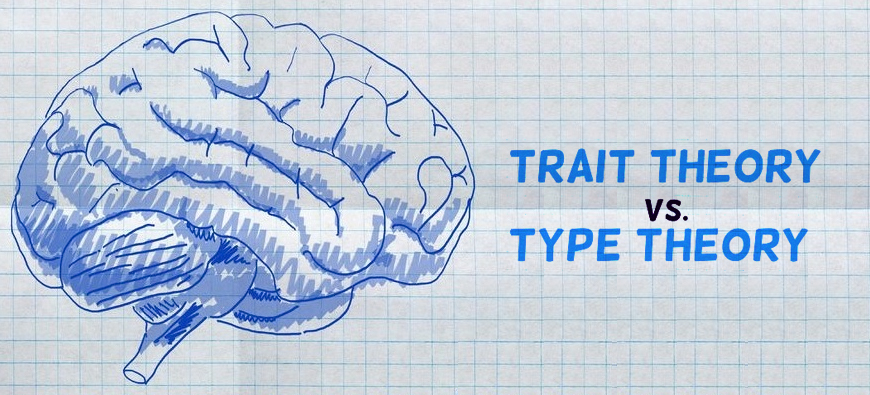Psychological Traits vs. Personality Type Theory

Psychological Traits vs. Personality Type Theory
In order to successfully sell a product you have to know who to sell it to. Therefore, being able to accurately characterize consumers is a crucial goal of marketing and consumer behavior research. But interest in creating these characterizations exists outside just the marketing world: developing systematic ways of describing people and their personalities has been a goal of psychology from its early days. From the begining, personality traits and personality types have been understood to serve different purposes in research. Over the years there have been many different theories regarding what personality is, how it arises and how we can categorize it. For example, Sigmund Freud was a proponent of psychodynamic theories, suggesting that personality is influenced by the unconscious and the progression through psychosexual stages, and B.F. Skinner advocated for behavioral theories that view personality as a result of individual interactions with the environment. One important (and ongoing) dichotomy in beliefs in this field is between type theory and trait theory. Like other theories in personality psychology, these two approaches attempt to systematically categorize people, but go about this goal in different ways.
The essential difference between the trait theory and type theory is this: type theory views characteristics of people as discrete categories whereas trait theory views these same characteristics as part of a larger continuum. For example, where a type theorist would claim that introverts and extroverts are two types of people, a trait theorist would claim there is a gradient leading from introversion to extroversion and it is possible for individuals to fall somewhere in the middle.
Type theory has its roots in personality scales such as the Myers-Briggs Type Indicator, which posits 16 personality types deriving from a set of four fundamental dichotomies: extroversion vs. introversion, thinking vs. feeling, sensing vs. intuitive, and perceiving vs. judging. Proponents of this theory believe that, just as an individual orients toward left or right handedness, one orients toward one of the 16 possible combinations of these dichotomies and that is their “type”.
Many psychologists have recently shifted away from type theory in favor of trait theory. Much research has revealed that variation in human personality indeed occurs along continuous dimensions and not as discrete categories, and viewing personality in this way allows for more flexible categorization of individuals by eliminating the ‘boxes’ into which type theory tries to fit people. No matter how many dichotomies of traits you choose to look at, a type theory approach will always have some limit to the number of ways a person’s personality could potentially be oriented. With a trait theory approach, there is an infinite number of places on the sliding scales of traits individuals could fall.
Recent research has demonstrated that individuals’ positions on these continuums can be tied to motivations in terms of real world behavior. Used correctly, this view of traits offers a back door to understanding consumer decision-making and can allow for flexible customized segmentations based on the aforementioned motivations, rather than arbitrary "universal" types.
Opening our view of personality to this broader scope can also allow for the inclusion of other factors that can be viewed on continuums -- like fashion sense or sense of humor -- into our descriptive model. These factors may not be explicitly related to personality, but we can refer to them as psychological traits, as they are still important in terms of figuring out who people are.
By determining valid and reliable measurements of these useful constructs, we can develop a powerful way of analyzing individuals that moves away from strict categorizations and towards a deep understanding of the variance within segmentations. In turn, this procession of interpretation, from traits to motivations to behaviors, can lead to valuable insights about consumer behavior and decision-making.

